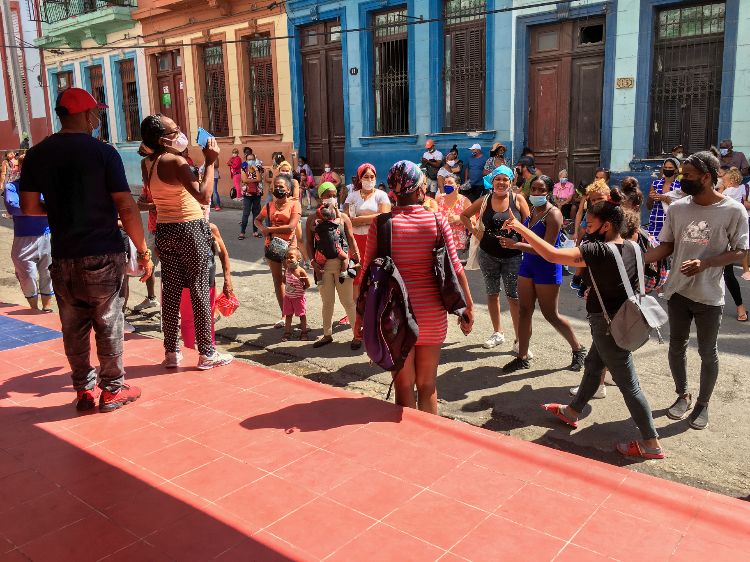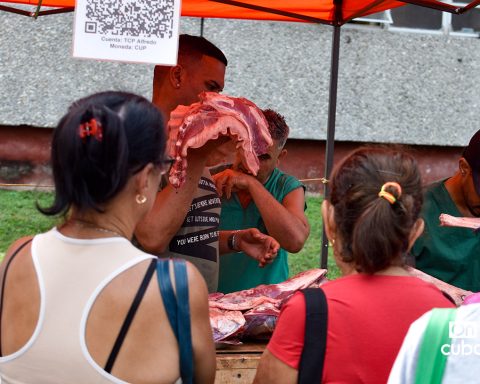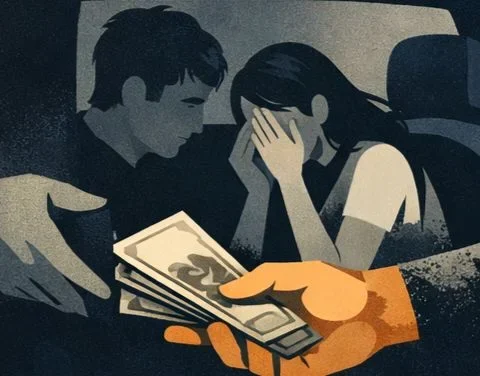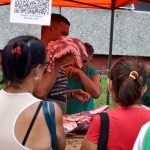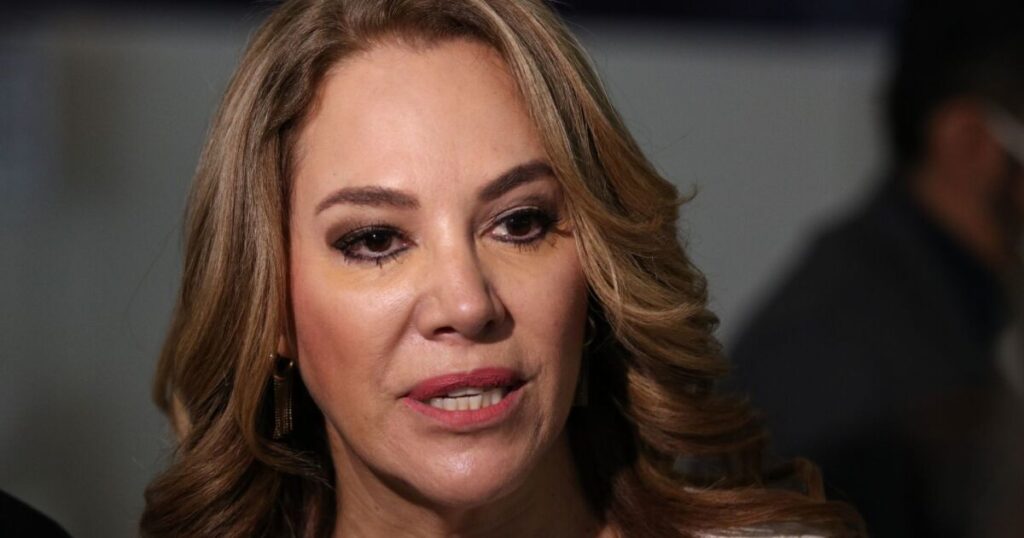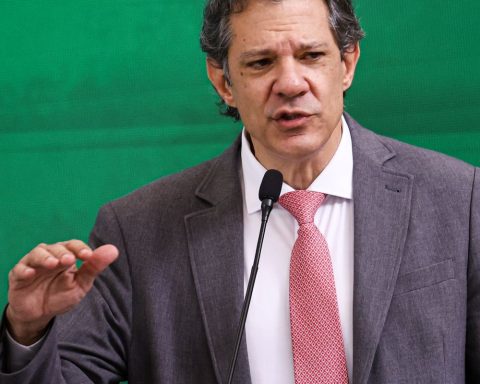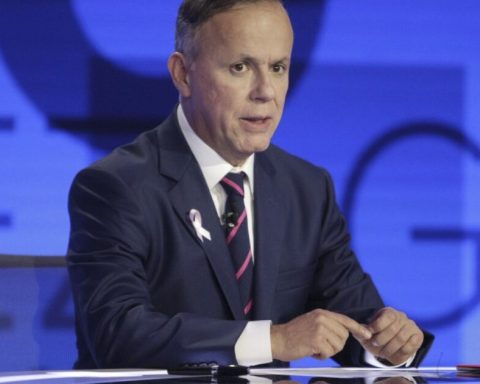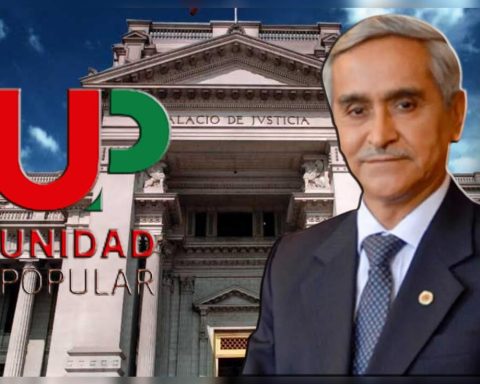Havana Cuba. — The shortage of food and medicine and the exorbitant prices of basic necessities cause constant anguish among the majority of Cubans. This situation worsened after the arrival of the coronavirus pandemic. COVID-19 and economic restructuring.
In 2020 there were unprecedented riots, such as the one that occurred on the day of the reopening of the Four Ways Single Marketwhen a mob forced its way into the establishment and looted it.
The Island regime has been unable to find real solutions to shortages and queues. The ones he has tried have only made things worse. One of the first measures to control queues and prevent hoarding was to use the police to arrest and impose heavy fines on coleros and resellers.
The protests due to the arbitrariness of the forces of public order caused the authorities to put civilians to organize the queues. The presentation of the identity card —which they scanned when entering the store to buy— was the basic requirement.
But those who were supposed to organize the queues soon became corrupted and went into business with the scalpers.
The authorities determined that people could only buy in the stores of their municipality, but since the number of establishments in some areas was limited, they had to eliminate this measure.
The problems worsened and municipal marketing was restored, but the complaints and fights increased when the huge concentrations of people to buy food grew.
The last system imposed was the acquisition of products in a store linked to the warehouse, where you obtain the articles regulated by the supply book. Each of these stores receives users from up to seven warehouses, with an average of 500 nuclei. Therefore, the number of clients rises to about 3,500, and in some cases is higher.
The buying cycle is three to four days for each warehouse. Therefore, the time to reach food ranges between 21 and 28 days. If when the citizen has to buy the merchandise that belongs to him is not there, he has to wait for the new cycle.
The shifts to enter the establishments are distributed before their opening, but to reach a shift you have to queue from the day before. The first places do guards for hours so as not to lose their place, therefore, it is necessary to be in said function between eight and 12 hours a day, and sometimes for longer.
To buy medicines there is a card (the so-called card) that guarantees their control in a certain pharmacy. Medicines are only purchased there once a month, if they supply the ones you need.
There are only three places that escape such rigorous controls: the agricultural markets, not always well supplied; the calls stores in MLC, better stocked, but to which people who receive remittances from abroad only have access through bank magnetic cards; and the warehouses, butchers and bakeries with the few regulated products, which are not enough for the whole month.
All merchandise currently sold has prices equivalent to the exchange of 24 Cuban pesos for one dollar or one euro. For example, a liter of soybean oil, which used to cost two dollars, today sells for 48 pesos, according to the official conversion.
The prices of the same items on the black market are horrifying, since the dollar exchange rate ranges between 100 and 115 Cuban pesos. For example, the same liter of oil mentioned above “on the left” costs 650 pesos.
The regime, which blames the shortage on the blockade imposed by the United States, ensures that it tries to distribute what little there is equitably. In reality, we all know, it is undeniable, that the crisis that Cuba is suffering, the worst in its history, is due to the resounding failure of the prevailing system since 1959.
OPINION ARTICLE
The opinions expressed in this article are the sole responsibility of the issuer and do not necessarily represent the opinion of CubaNet.
Receive information from CubaNet on your cell phone through WhatsApp. Send us a message with the word “CUBA” on the phone +1 (786) 316-2072, You can also subscribe to our electronic newsletter by giving click here.
